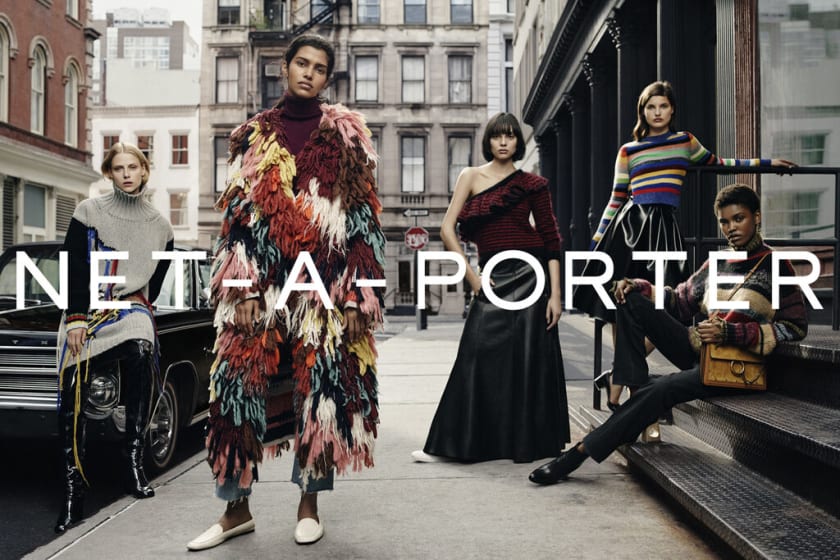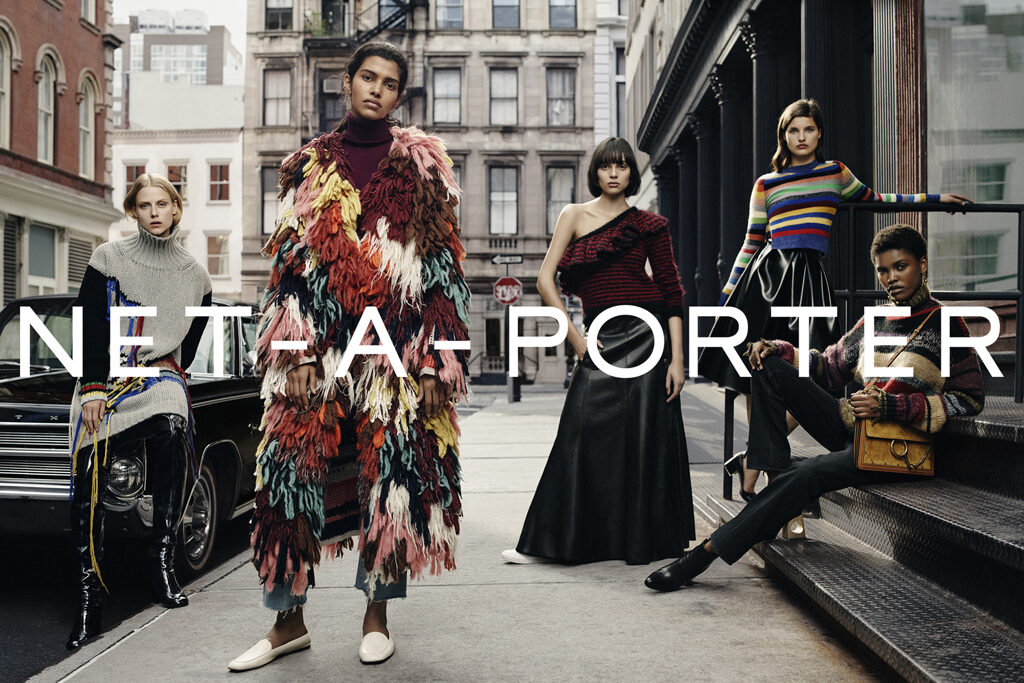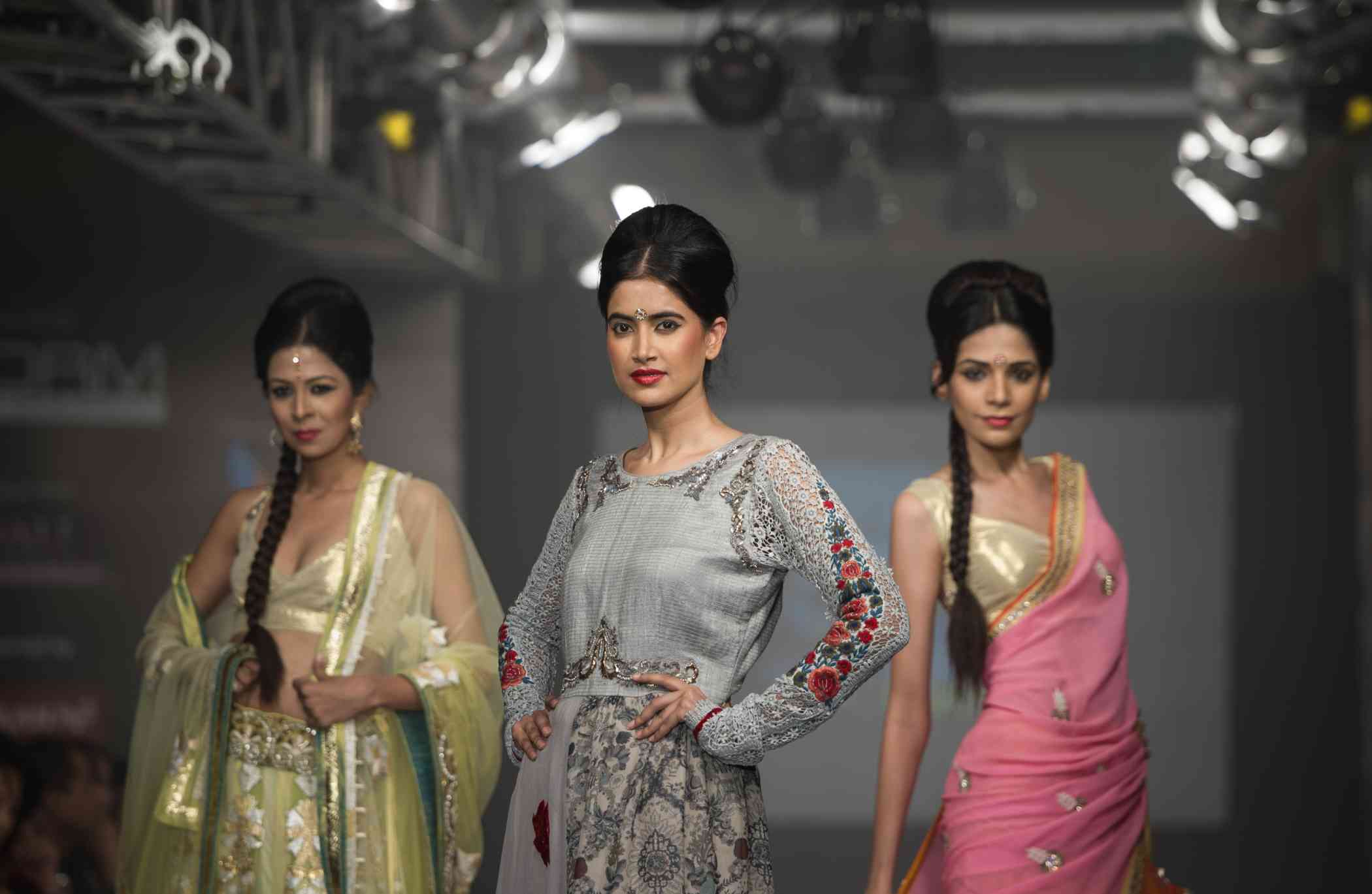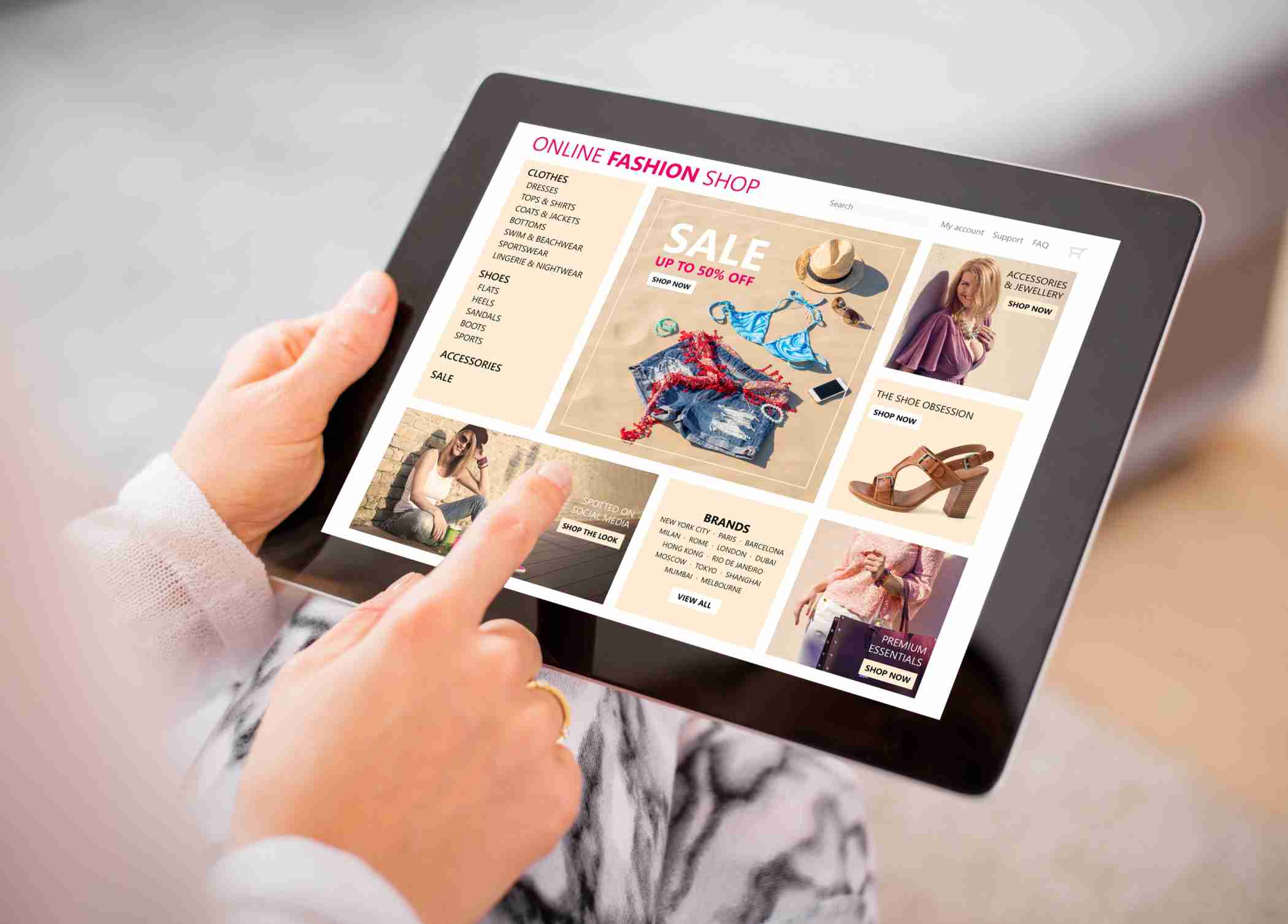Going Omnichannel: Top Global Online Fashion Marketplaces



Due to the restrictions and social distancing norms, ever since 2020, people are relishing the convenience of online shopping. This has become a big factor in the rise of online marketplaces. Studying this change in customer behavior, brands, mid-range or luxury, are making their way to the online world.
During the pandemic, when all the retailers in the industry were hit with its impact and struggled to survive, online marketplaces like Amazon, Farfetch, and ASOS saw a greater amount of profit than before. This means that these marketplaces turned out to be more valuable for customers looking for something new with more product options and fast delivery. These new and additional touchpoints for brands meant a new way to increase traffic and reach their target customers.
It is no surprise that the popular site among Gen-Z, ASOS, up until August 2021, saw a 22% increase in revenue to USD 5.16 billion, and continued to grow at a great pace. It also recorded a rise of 15% in the Year-over-Year profit. ASOS might be the trendiest website in the UK, but not the biggest, as that title belongs to Zalando. The 2nd quarter of 2021 recorded YoY growth in Gross Merchandise volume of 40% and reached 3.8 billion euros. It saw great profits with a margin of 6.7% as average orders reached a figure of 5 per active customer. Its focus remained on sustainability, diversity, and inclusion for the platform.
Hence, the brands in the luxury segment are leaning towards the online marketplace shift as well. According to Bain & Company, by 2025, one-third of all personal luxury purchases will be made digitally, with revenues reaching an estimated $136 Billion, hyping up the omnichannel evolution. Even though, unlike day-to-day fast fashion brands, the luxury sector embraced the ecommerce transformation late, and their digital channel accounted only for 12%, it is expected to see a jump of 29-30% till 2025. It brings more value than day-to-day fashion marketplaces as it makes cross-border transactions easy, and due to being an online marketplace, it ships worldwide, which makes it convenient for the customers to purchase a luxury item at local and lower expenses without having to travel.
As a whole, we can say that the shift to omnichannel is here to stay.
What Is An Online Marketplace?
Before looking into some examples of such marketplaces from both categories, one must know what an online marketplace is. It is necessary for a brand to understand the difference between an online retailer and an online marketplace. Different from online retailers, a marketplace is a third-party seller that processes the purchase made by a customer, but it is fulfilled by the brand or retailer the product belongs to.
By listing the products on a well-known marketplace, a brand can increase its chances of attracting more online traffic and broadening brand awareness. And since there are a number of marketplaces present online, it becomes a crucial step to select one such marketplace which suits the pricing, product, and brand positioning.
Now that the meaning of marketplace is clear, and we are talking about the e-commerce boom in the fashion industry, let's take a look at some specific players leading the online marketplace game from both day-to-day and Luxury category:
Day-To-Day Fashion
1. ASOS

The site, established in the year 2000, is a pioneer in the world of e-commerce. It is based in the UK, and its aim is to provide on-trend fast fashion to the young female section of the market at a reasonable price and is popular among Gen-Z. Today, it is among the biggest fashion marketplaces globally and now caters to all the countries through mobile/desktop optimized websites and an app available in ten different languages. It holds more than 85,000 products from around 860 global and local brands. Out of all the brands, 40 are patented. It mostly has fast fashion or mid-range brands, and the average price of all brands on the site is around $26.
In 2010, ASOS set up its own ASOS Marketplace, which helps shoppers get their hands on the desired unique vintage items from over 700 boutiques. Recently, it entered the beauty line and might modify itself into a horizontal marketplace sooner or later.
The site caters to its Gen-Z customers through active social media presence and support for the LGBTQ community, attention to sustainability, and other charitable causes. Along with its mainly women customer segment, the site also has a promising male following.
2. Zalando
It is the biggest fashion marketplace in Europe. Emerged as a shoe marketplace based in Germany, now it has more than 40M customers and ships to 23 European countries. Zalando has a wide range of assortments from 4,500 local and global brands.
It is the most visited fashion marketplace platform with an average of 380 million monthly views. It operates in around 17 countries with a range of brands in both fast fashion and designer categories. The average price of brands on Zalando is $48 and caters to both men and women.
3. ZALORA
The site, founded in 2012, is Asia's leading online destination for fashion enthusiasts and a part of the Global Fashion Group. As the biggest and rapidly growing fashion marketplace in Southeast Asia, it has more than 4,255 brands in store from the markets where the customers are gadget-savvy like Singapore, Malaysia & Brunei, Hong Kong, the Philippines, and Taiwan, but not all products are available in every country.
The site receives an average of 50 million visits per month, with 2 million customers from seven countries. Zalora has a wide range of categories such as sportswear, fast fashion, and ethnic wear. The average price of brands on Zalora is $26.
Luxury Fashion
1. Farfetch
'The global platform for luxury' was founded in 2007 for the lovers of luxury fashion and now is the first name that comes to mind when one thinks of luxury products. To have a firm grip in the market, the site went as far as to acquire Browns, a luxury goods boutique, in 2015 along with its offline stores.
Currently, it caters to customers present in more than 190 countries with products from over 1400 brands, department stores, and boutiques. All the products are sent to Farfetch's photography studio to keep the website's visual appeal consistent, showing its attention to detail and awareness of luxury segment necessities. It has a range of 3000+ brands from heritage luxury to contemporary, emerging designers. Apart from the designer collection, it offers the latest sportswear and streetwear brands like Heron Preston and Nike. The average price of products here is $335. In the first quarter of the year 2021, Farfetch's average orders were a total of $618 and saw a growth of 60% in YoY GMV.
2. Italist
As the name suggests, the site offers more than 1000 luxury brands, out of which, most are Italian brands. It sells around 200,000 products and feels proud to be able to provide express shipping across the world along with Italian retail prices, saving 30-40% of the global retail price.
This marketplace was founded in Silicon Valley in the year 2014, which speaks for its love for technology. It enables global customers to purchase luxury goods from more than 250 independent boutiques all the way from Milan, Rome, and Florence. Overall, its business model was appreciated, especially when its locations were shut down due to the pandemic.
3. Net-A-Porter

Women being its only target segment, Net-a-Porter emerged first in the year 2000 in London and is now recognized as a premium luxury goods destination. It caters to 170 countries with items from 800 coveted labels, and it follows the same standards as Farfetch in terms of visual appeal and product display. This site is a multi-brand retailer instead of solely being a marketplace. It holds a big portion of its inventory, making its shipping process quick.
Choosing The Appropriate Marketplace
With all the mentioned information, it's necessary for a brand to make sure that its business plan and the marketplace expansion plan are well aligned with each other. Following an omnichannel approach does not mean being anywhere and everywhere possible, but being where the target segment of customers is, which is an essential factor in successful marketing. To ensure an appropriate marketplace for the brand, one must ensure that the value being offered by the platform suits your brand and product.
Since all marketplaces are different, segmenting your assortment according to the platform to yield all the possible opportunities from it, is the key to a successful strategy, especially among so much competition on the same platform.
For more options, check Fashinza and choose your appropriate marketplace.



















